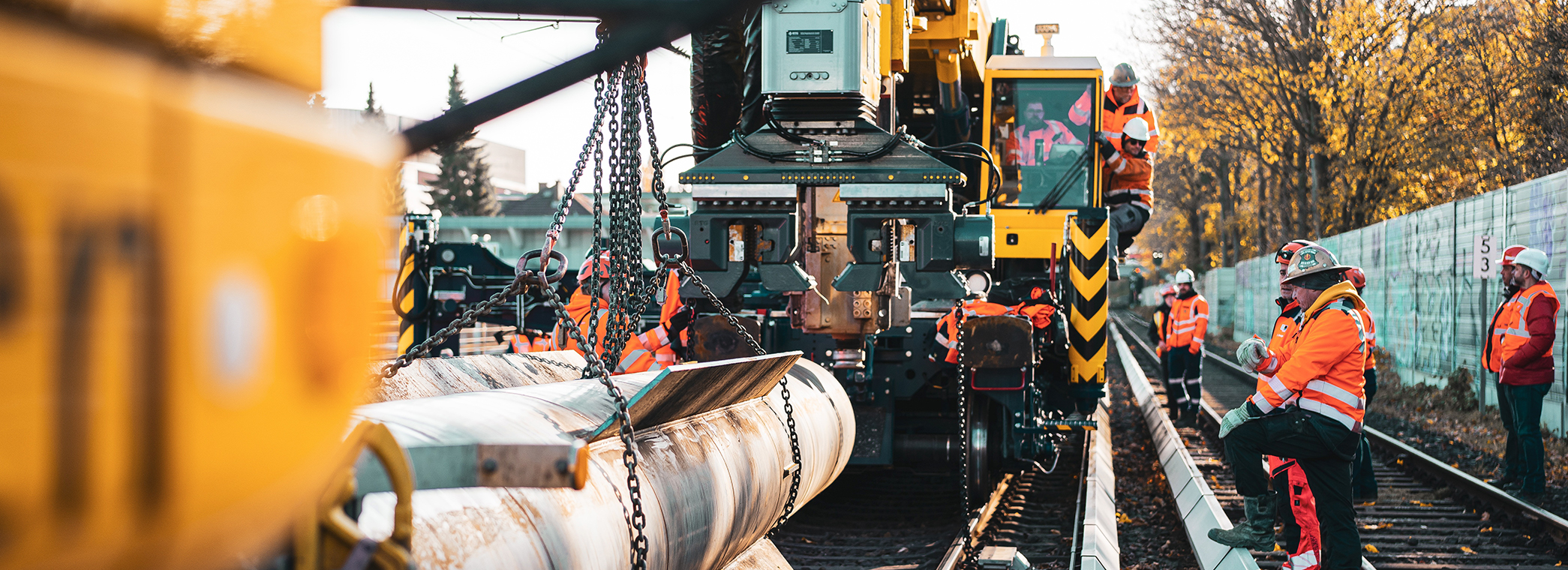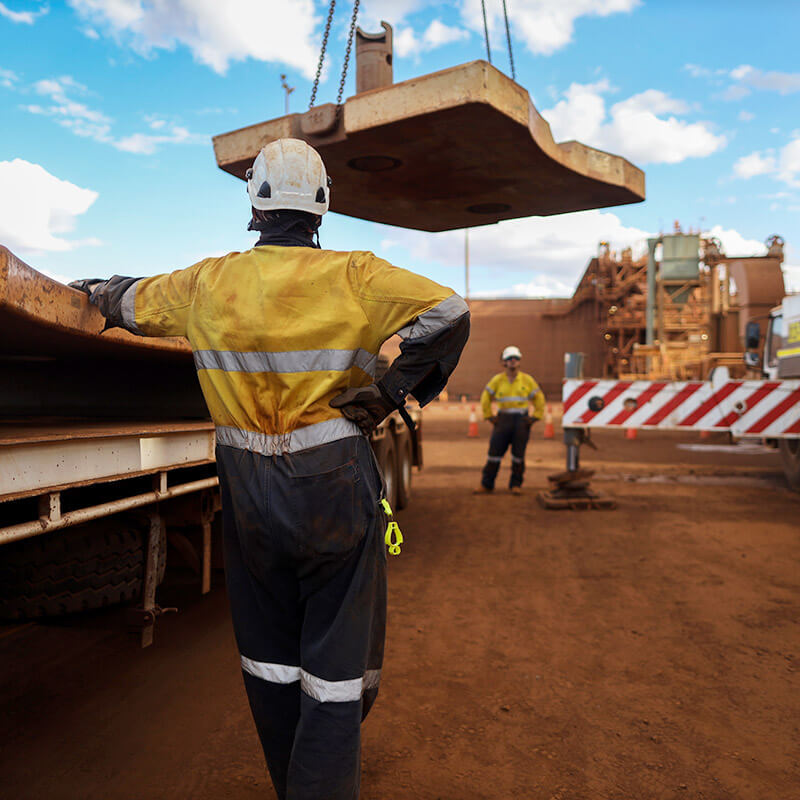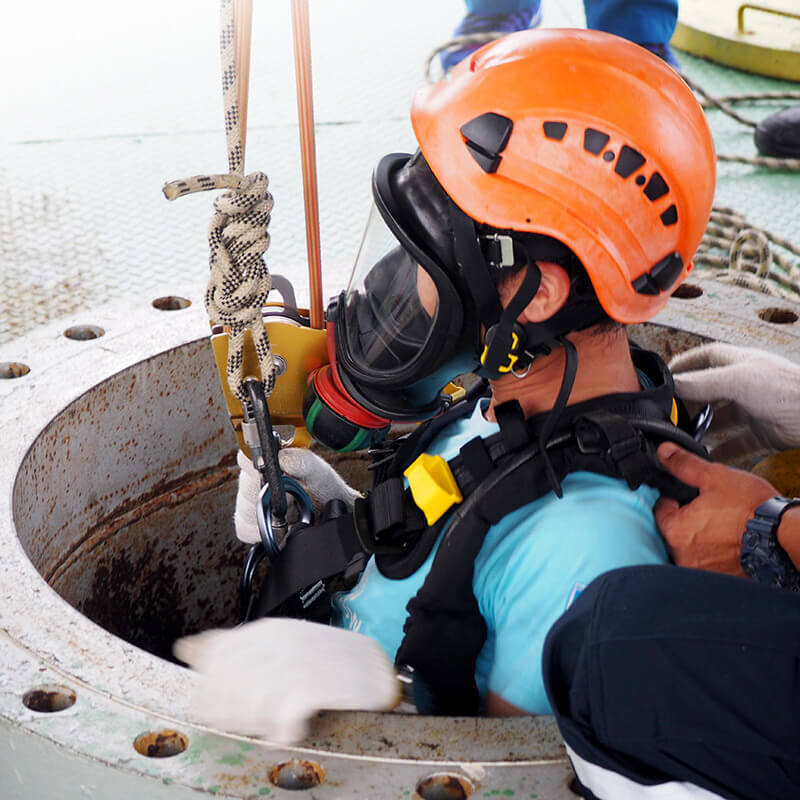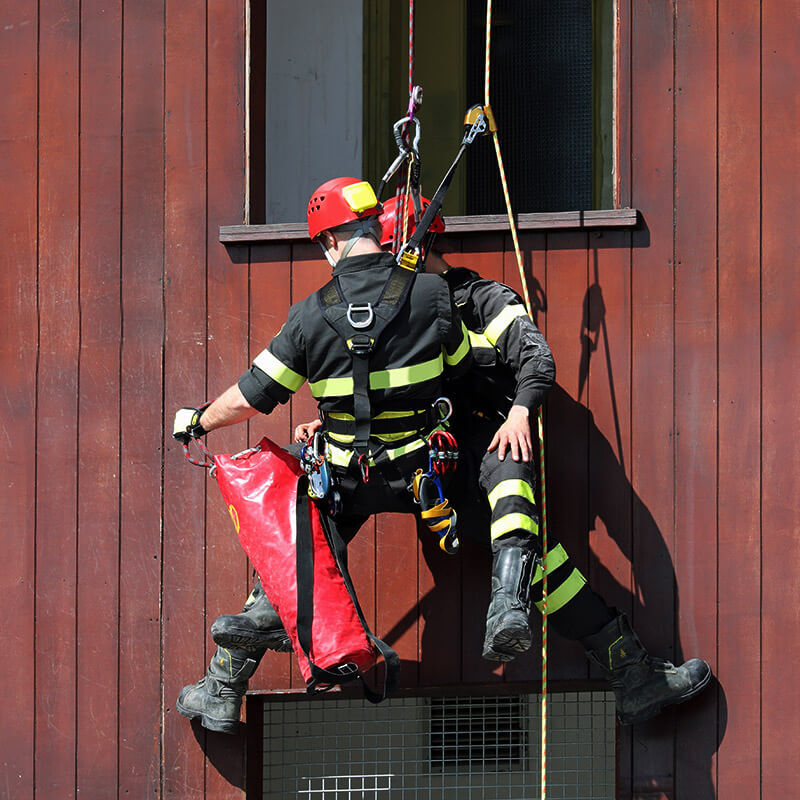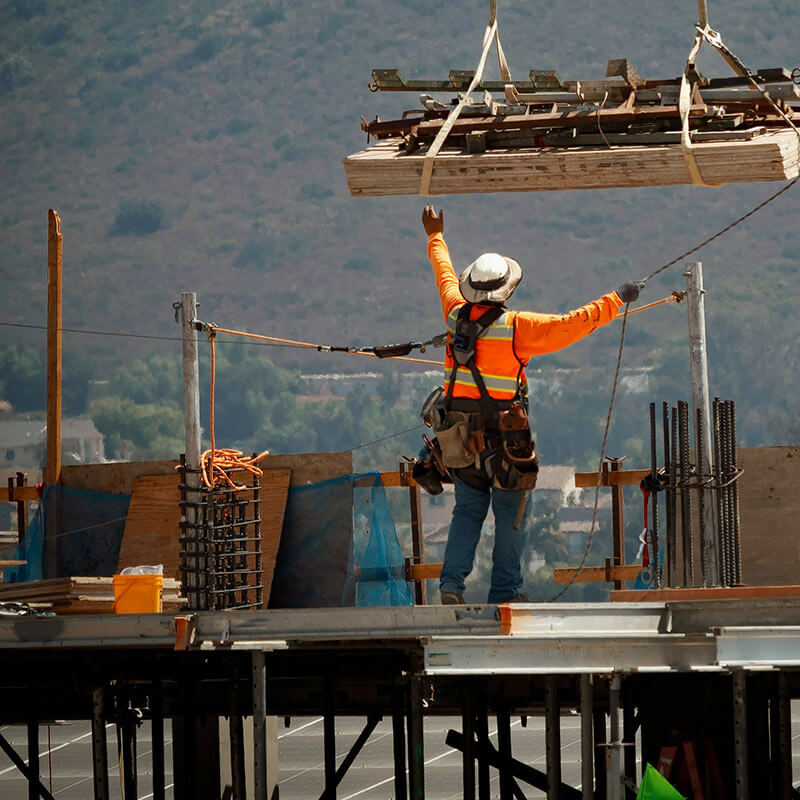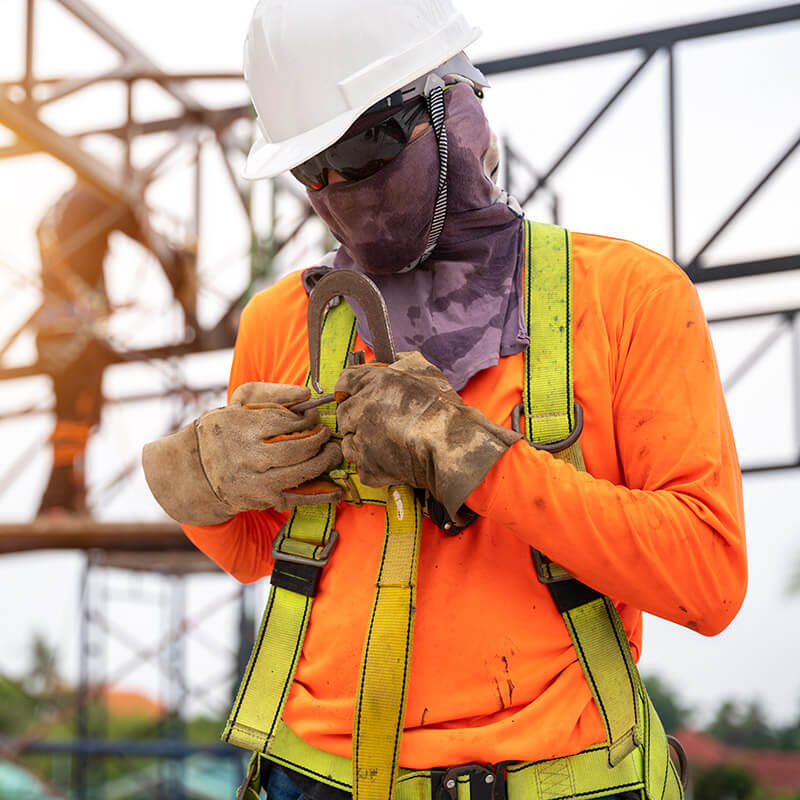What are Slings in OSHA?
Slings play a vital role in safety for lifting materials, as OSHA explains under its 1910.184 standard. They link the load to equipment for lifting, ensuring safe and efficient hoisting. These rules cover various industries and materials, from alloy steel chain to synthetic fiber ropes.
Different slings like basket hitches, choker hitches, and vertical hitches have specific uses and weight limits. It’s crucial to follow OSHA guidelines on using lifting slings. Doing so keeps the workplace safe and prevents accidents from wrong handling.
Key Takeaways
- OSHA defines slings under the 1910.184 standard as assemblies connecting loads to hoisting equipment.
- Slings can be made from alloy steel chain, wire rope, metal mesh, natural or synthetic fiber rope, and synthetic web.
- Various configurations like basket hitches, choker hitches, and vertical hitches have distinct load-bearing capacities.
- Proper usage of slings is crucial for material handling safety in the workplace.
- Compliance with OSHA sling requirements helps prevent workplace injuries related to improper material handling.
Introduction to OSHA Slings
The OSHA sling guide helps both employers and employees. It talks about safely picking, using, and caring for slings in jobs like general work, maritime, and construction. It highlights the importance of using slings correctly to avoid injuries when handling heavy or big items. This shows how using tools like slings can make work safer.
OSHA follows the ASME’s B30.9-2018 guidelines closely. Slings that meet this standard are considered safe to use. Some state programs can have their own, stricter rules. They aim to make sure everyone at work checks these rules to keep the workplace safe.
Sling Types and Standards
It's key to know about different slings for safe lifting. OSHA lists sling types, like chain, wire rope, and synthetic. Each type fits specific jobs well and follows the ASME standard B30.9-2018 for safety.
- Alloy Steel Chain Slings: These slings are tough and great for big lifts. They work well even in tough conditions like high heat and with chemicals.
- Wire Rope Slings: These slings are strong and flexible. They often help in building or industry work. Their toughness and wear resistance are perfect for heavy loads.
- Metal Mesh Slings: They keep loads stable and are good for picking up rough or hot stuff. These slings grab onto loads well and don't harm them.
- Synthetic Slings: Light and flexible, these slings don't scratch delicate items. They are safe for lifting softer materials because they're gentle on what's being lifted.
Picking the right sling considers the job area, load size, and weather. By choosing carefully and following safety standards, work lifts are both safe and smooth.
OSHA Regulations for Slings
OSHA’s rules for slings are very detailed. They stress the need for careful checks, correct use, and constant care. Following the OSHA sling inspection rules closely is key to keeping work safe and dependable. It's very important to check slings every day and run extra checks in tough conditions.
Inspecting slings is just part of the job. It’s also crucial to balance loads well, protect slings from sharp edges, and watch the weight they carry. Doing this the right way, known as proper rigging practices, cuts down danger and boosts work efficiency.
Getting the right training is very important for those working with rigging tools. It helps them understand the rules and how to spot dangers early. Knowing about OSHA and ASME B30.9 guidelines is vital for keeping slings safe and workplaces in line with safety rules.
Both employers and workers need to think about choosing the correct slings and making sure loads are safe. It’s crucial to not shock load or overload slings to prevent accidents. By knowing and reducing risks, workplaces can be safer and more dependable.
Conclusion
Adopting and following OSHA sling guidelines is vital for safety at work. By knowing about different slings and OSHA rules, both employers and workers can lower dangers. They can also reduce injuries and prevent deaths caused by slings.
Ongoing training at work is key to keep everyone safe. Programs that teach about the latest safety rules for using slings help a lot. It's also important to check slings every day for problems and to spot any dangers early. This all helps to keep the workplace safe.
Being OSHA-compliant is more than just rules. It's a way to safely move heavy loads in any job. Workplaces need to keep up with OSHA’s latest rules to make sure all sling use is top-notch. A focus on these rules creates a safe, efficient work culture, which every operation needs for success.
Bishop Lifting helps you stay OSHA compliant and in good standing with all of the different types of rigging supplies, rigging equipment, slings and more all ready to ship and you can buy online hassle free.
FAQ
What are slings according to OSHA?
According to OSHA’s 1910.184, slings are assemblies. They connect loads to equipment for lifting. This includes basket, choker, and vertical configurations.
What types of slings are recognized in OSHA standards?
OSHA recognizes various slings. They include alloy steel chain, wire rope, and more. Each type serves different needs and has specific benefits.
What is the significance of OSHA sling regulations?
OSHA sling rules are key to reducing injuries at work. They make sure slings are used safely. This is vital for a safe workplace.
How do OSHA regulations align with ASME standards for slings?
OSHA and ASME standards match up. The ASME B30.9-2018 gives extra safety when slings follow their rules along with OSHA’s.
What are the key focus areas of OSHA's sling regulations?
OSHA’s rules focus on three things: checking, using, and looking after slings. Before use, they must be inspected. Use them right, avoid too much weight, and have them checked regularly by someone qualified.
How often should slings be inspected according to OSHA?
Slings need a check every day by someone who knows what they're doing. Plus, they should be checked again if they're being used in places where they might wear out fast. This keeps them safe.
Why is it important to follow OSHA guidelines for sling use?
OSHA’s suggestions are crucial for avoiding accidents at work. They ensure slings are used properly. This lowers the chance of getting hurt.
What factors should be considered when selecting a sling?
Think about the job, the load size, and the weather when picking a sling. This will help choose the right one for the job. It ensures safety and efficiency.
What training is required for employees handling slings?
Workers need training in how to rig, inspect, and deal with the environment. They should know OSHA’s and ASME B30.9’s suggestions. This keeps handling safe and correct.
What are the benefits of adhering to OSHA sling standards?
Following OSHA's standards leads to safe and effective work with slings. It decreases accidents, making work safer for everyone.
What’s the Best Material for Rigging?
Dec 18th 2025
What Is the 10-Foot Rule for Rigging?
Dec 15th 2025
What Are the Different Types of Climbing Ropes?
Dec 11th 2025
What Type of Rope Is Best for Climbing?
Dec 9th 2025
What Are the Two Types of Kernmantle Rope?
Nov 25th 2025
What Is a Kernmantle Rope Used For?
Nov 21st 2025
What Is a Fall Protection Harness?
Nov 14th 2025
What are the four components of a PFAS?
Nov 7th 2025
Is Palmer Safety OSHA Compliant?
Nov 3rd 2025


